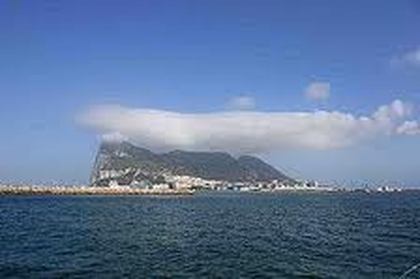- Home
- What is an allusion?
- Paulo Coelho
- Andalusia
- Tarifa
- Tangiers
- Salem (Jerusalem)
- Ceuta
- Mecca
- Al-Fayoum
- El Cairum
- Coptic Monastery
- Nile
- Moors
- Sahara Desert
- Koran
- Allah
- "Maktub"
- Alchemy
- Carl Jeung
- The Philosopher's Stone
- Levanter
- The "Soul of the World"
- Helvetius
- Elias
- Fulcanelli
- Geber
- Sigmeund Freud
- The Five Pillars of Islam
- Melchezidek
- Urim and Thummin
- Tiberius
Levanter
“The wind began to pick up. He knew that wind: people called it the levanter, because on it the Moors had come from the Levant at the eastern end of the Mediterranean.
The levanter increased in intensity. Here I am, between my flock and my treasure, the boy thought. He had to choose between something he had become accustomed to and something he wanted to have. There was also the merchant's daughter, but she wasn't as important as his flock, because she didn't depend on him. Maybe she didn't even remember him. He was sure that it made no difference to her on which day he appeared: for her, every day was the same, and when each day is the same as the next, it's because people fail to recognize the good things that happen in their lives every day that the sun rises” (27).
The wind, especially the levanter, is a powerful force that symbolizes change or transformation. When Santiago feels the Levanter blowing at the beginning of the novel, he decides to change his life and travel to Africa. This choice sets Santiago on the journey towards fulfilling his personal legend. Later in the novel, Santiago must make himself change into the wind. This is symbolic of Santiago's spiritual transformation. His journey to Africa has changed in from the inside out and shown him his limitless connection to the world around him.
The levant, an easterly wind that blows in the western Mediterranean Sea and southern France, is an example of mountain-gap wind. In Roussillon it is called "llevant" and in Corsica "levante". In the western Mediterranean, particularly when the wind blows through the Strait of Gibraltar, it is called the Viento de Levante or the Levanter.
When blowing moderately or strongly, the levant causes heavy swells on the Mediterannean. Usually gentle and damp, the levant frequently brings clouds and rain. When it brings good weather, it is known as the "levant blanc."
The Strait of Gibraltar, located at the western entrance to the Mediterranean Sea, is frequently associated with strong gap winds that can produce dangerous seas, especially when they blow against tide and current. The Strait of Gibraltar represents a narrow sea-level passage about 15 km wide and 55 km long that is surrounded by terrain reaching several thousand feet.
"Levant." Wikipedia. N.p., 2011. Web. 23 Feb 2012. <http://en.wikipedia.org/wiki/Levant_(wind)>.

This is a picture of a levanter cloud that is formed over the Rock of Gibraltar. In the picture you can see that the wind is a powerful physical force and makes a strong impression on the landscape it encounters. This image gives you a clearer image of what Santiago must have experienced as he looked out onto the ocean, felt the levanter blowing all around him, as he debated his future. It is no wonder that The Alchemist author Paul Coelho uses this wind as a force that symbolizes change or transformation.
"Levant." Wikipedia. N.p., 2011. Web. 23 Feb 2012. <http://en.wikipedia.org/wiki/Levant_(wind)>.
"Levant." Wikipedia. N.p., 2011. Web. 23 Feb 2012. <http://en.wikipedia.org/wiki/Levant_(wind)>.
